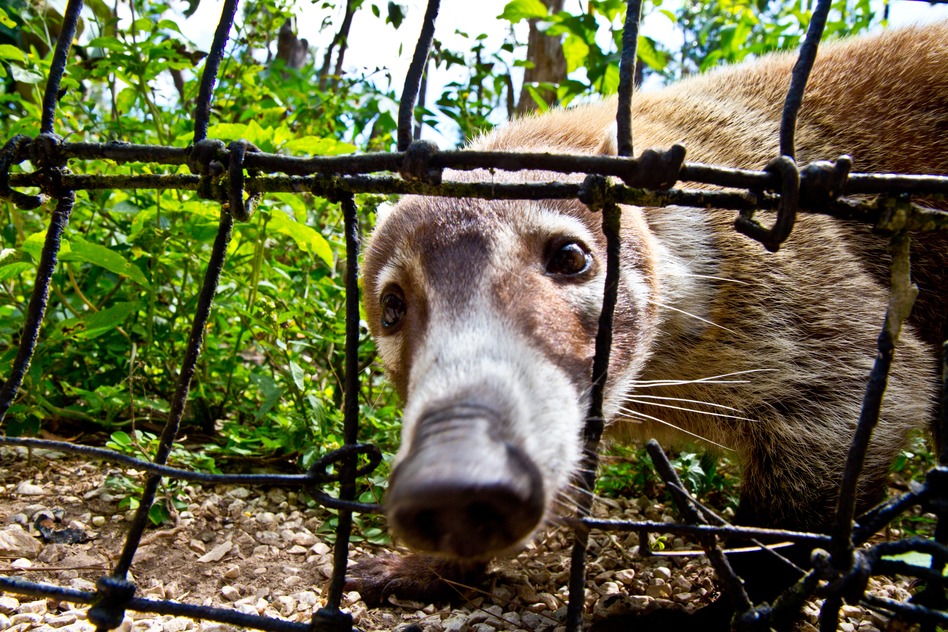Zoos used to be concrete, barred cages with little regard for the captive animal. The same could be said for offices; spaces were divided and you were assigned a seat based on availability. But times are changing and zoos are putting the emphasis back on the most important part of the operation-the animals. Similarly, companies are making environmental changes for employees’ benefits, but we can still learn a lesson or two from zoo animals.
More Space to Roam
Trapped in a cage with bars is a lot of like being tethered to an office desk and landline phone. Animals need space to roam; they don’t want to be in an enclosure any more than you want to stuck behind a desk. However, both zoos and many companies are restricted by budget and space. Companies are typically trying to do more with less. The average office space per person has significantly declined in recent years. Some companies are encouraging employees to work off site, but that comes with a major drawback- limited human interaction. Zoos, when faced with similar financial challenges, yet wanting to maintain the animals in view for humans, came up with an interesting solution- “build up”. Zoos, like the Philadelphia Zoo (the oldest zoo in the US) invested in walkways where animals could leave the main viewing area and roam the exhibits.
Wide Open Spaces Are Embarrassing
While offices are certainly trying to adopt a more open environment, there’s one thing that seems to be posing a problem: privacy. Similarly, zoo keepers found animals, just like humans don’t want their every move viewed, especially bath breaks. Animals are getting stressed by always being on display. Many employees in open office spaces express the same concern about being on display with a lack of privacy. To combat the privacy problem, many companies are implementing work bays or high alcove sofas; similarly zoos are putting in trees and shrubs to develop a sense of protection and privacy for the animals.
The other downside to open environments in a zoo setting is the ability to find the animals. The more places they can move, the less likely people will be able to observe them. It’s much the same in offices- how many times have you wandered around looking for someone? In order to strike the right balance, zoos are coaxing animals into the spotlight by doing stimulating activities. In many offices, that same need to promote employee interaction can often center around break rooms, “collision spaces” and collaboration centers.
Finding the Balance between Boss and Beast (Employee)
It used to be that zoo keepers were essentially janitors, city workers who cleaned and fed the animals with little training. The zoo keeper kept a respectable distance, getting his task done with minimal interaction with the animals. Today, zoo keepers are educated in animal behaviors and proper training techniques. Interaction is necessary to keeping animals and employees happy.
What’s Next?
Leading zoo designers are coming up with some pretty creative ideas, including one way mirrored enclosures so the animals aren’t disturbed by prying eyes. But the trend that seems to be most popular is virtual visits, being there without really being there. More and more companies are letting employees work from other locations while being logged in. While technology allows us to do more, it still doesn’t beat that moment the kid sees an exotic animal for the first time.

